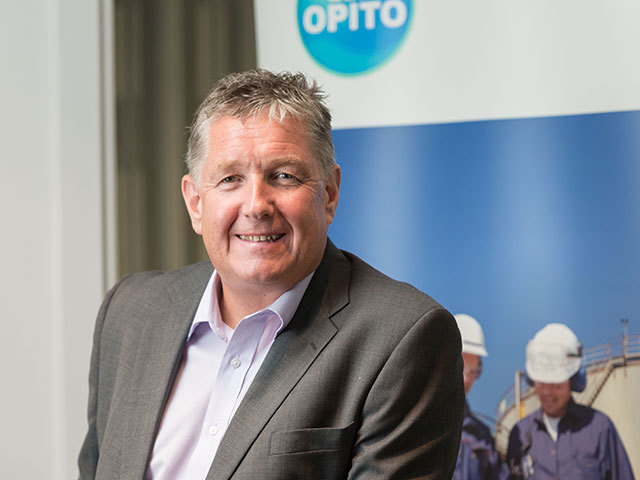
The devastating images of the aftermath of the terrible incident in the Gulf of Mexico last month have served as a stark reminder to the global oil & gas industry that we can never, ever, become complacent when it comes to the safety of our people who work offshore.
While we don’t yet know the cause of this latest incident, we do know that risk is part and parcel of working in hazardous environments and it is the duty of every man and woman engaged in our sector – both offshore and onshore – to reduce the potential for accidents and injuries every step of the way.
Knowledge is power and being able to properly understand the changing nature of risk, identify potential old and new hazards and react in the right way when something does go wrong is a fundamental part of keeping people safe.
Five years after it was first introduced to the North Sea, Minimum Industry Safety Training (MIST) has been significantly restructured and re-launched last month to take account of the changed requirements in the UK sector.
Originally designed to introduce new delegates to the key safety elements required by all employees working in the oil & gas industry; and to ensure the knowledge and understanding of these basic safety elements are maintained and current among the existing workforce, the programme included an introduction to the hazardous offshore environment, safety observation systems, risk assessment, permit to work, platform integrity, manual handling, working at height, mechanical lifting and control of hazardous substances.
Since 2009, more than 100,000 workers have completed their MIST training. During the same period, the North Sea has seen widespread changes with new regulations regards to helicopter travel offshore coming into effect while smarter, more intuitive technology has evolved that allows training companies to reach the workforce in a whole new way.
With this in mind, last year the sector undertook a large-scale review of the MIST standard to ensure it was still fit for purpose. A cross-industry forum led by Opito, saw input from a wide group of stakeholders including operators, contractors, marine organisations, trade unions, safety representatives and the Health & Safety Executive.
Feedback identified a series of areas where improvements could be made to take account of the wider regulatory framework within which MIST sits.
There was a desire to broaden the approach to the safety agenda and incorporate a number of areas which had been raised as areas of concern by the workforce.
MIST now focuses on five modules: major accident hazards, workplace hazards & personal safety; risk management, control of work; and helicopter safety.
The new structure ensures the workforce has a good understanding not just of big impact incidents, but the safety case offshore and process safety as well as personal accountability and the concept of risk assessment and techniques.
It provides a much better understanding of the bigger industry picture and really pushes the agenda on the fundamentals of process as well as personal safety. Critically, it also takes account of specific areas of concern that were raised by the workforce with regards to helicopter safety.
Safety is something we all take responsibility for – and something we should never forget.
David Doig is group chief executive, Opito
Recommended for you
